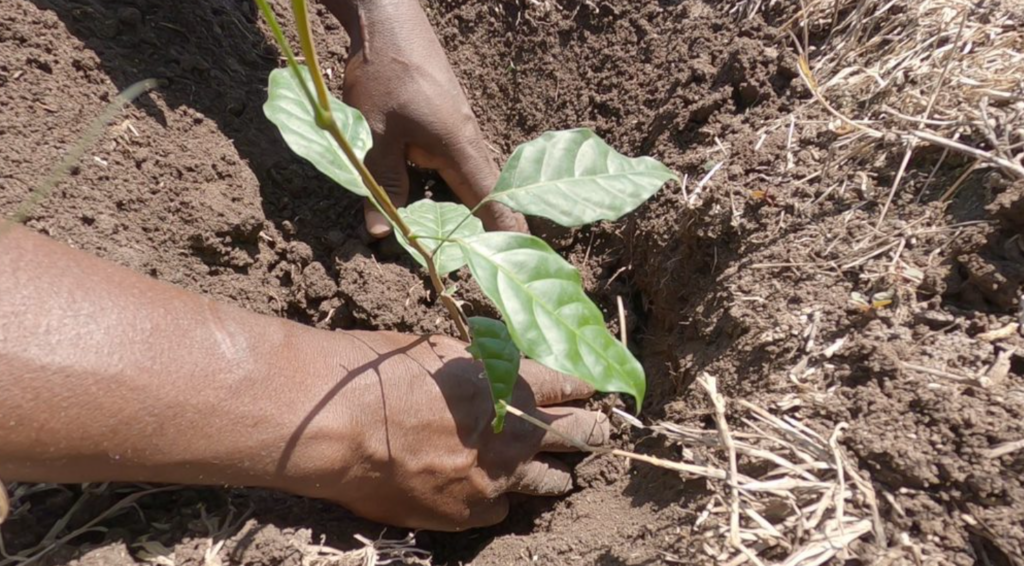Uganda – Fixing an ecosystem isn’t something you can do overnight. With good planning and the cooperation of our partner JESE, we managed to make good progress in the Rushango wetland between 2019 and 2021.
Rushango is an ecosystem that extends over a large area along the Mpanga River. This wetland is not only an important habitat for fauna and flora, it also plays an essential role in the immediate availability of water, water quality, the infiltration of water into the soil, and avoids erosion.
The inhabitants of the eight villages in the Rushango wetlands are being forced into subsistence farming. This type of agriculture is unsustainable and threatens the wetlands and, therefore, the local water resources.
So, an obvious step was to work intently on the recovery and protection of this vital but vulnerable zone. JESE, short for Joint Effort to Save the Environment, manages the activities as a partner of Join For Water. At the end of 2021, we prepared a first balance sheet. How did we get this project off the ground and what happened in practice?
Through ongoing discussions and walks made through the area, zones were identified that could serve as buffers. Farming is no longer allowed in those areas. The farmers were allowed to harvest their remaining crops, and then left the zones. Fig trees now visibly mark the boundaries of buffer zone, a stretch of 11 kilometres has already been cordoned off.
With the help of a few hundred residents, more than 36,000 seedlings of native trees were planted in a suitable location. Binding agreements have been made with the school in Kabambiro and with the community for the management of the seedlings. A checklist can be used to indicate, for example, how many seedlings are prospering.
Wetlands protection
A third of the farmers received training and support on good agricultural practices on their farmlands to protect the wetlands and use it wisely.
More than 40% of households now use an energy-saving fire, which requires less wood. 60 families were provided with more skills for rainwater harvesting, soil erosion control and better harvest storage.
Alternative activities, such as beekeeping, were considered, to relieve pressure on the farmlands. After a demonstration and training, 60 beehives are now in use. Fruit trees can also provide alternative income: there are now 5000 orange trees along the wetlands.
Using ordinary wells as latrines or doing your business in the open air contaminates the groundwater. Therefore, a lot of attention was paid to raising awareness and encouraging the use of ecological latrines. In 4 villages bordering the Rushango wetland, awareness campaigns and follow-up sessions were held to end open defecation, as it is called.
Sanitary blocks have been built and are in use at the primary schools of Rugarama. Families are starting to set up ecological latrines and adopt better hygiene habits.
Follow-up is necessary for a process of change to succeed. Therefore, 4 groups of wetlands protectors have been trained. The members come from the local villages and monitor compliance with the set agreements.

